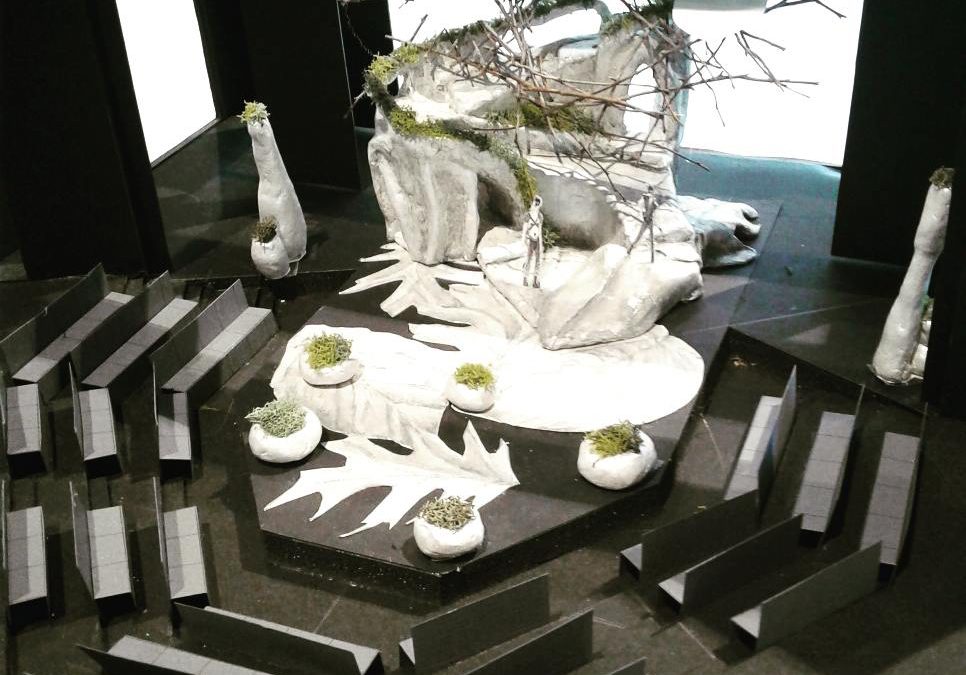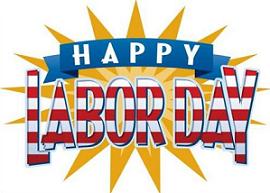By: Alia Wegner, ARB 2017-2018 Intern
One of my internship projects this year is developing a digitization plan for the Cincinnati German Third Protestant Memorial Church Collection (Accession number GA-09-03). Acquired a decade ago, the Third German Protestant Memorial Church was formerly known as the Third German Protestant Memorial Church of Cincinnati, the German and Evangelical Lutheran and Reformed Church, and the North German Lutheran Church. This collection spans 1814 to 1982 and includes records of births, marriages, deaths, confirmations, along with financial records and a few photographs. For the most part, it has been used by family historians but once it is digitized and available as a global resource, the records can be used by urban historians, religious scholars, ethnicity and immigration researchers, and many others, as well as providing excellent primary resources in teaching.
The collection forms an important part of the University of Cincinnati’s German-Americana holdings but poses some challenges for digitization. The TPMC collection is composed primarily of handwritten German documents that need to be transcribed as well as scanned. Since transcribing foreign language documents adds an additional layer of processing, it is important to get a clear sense of the extent and composition of the collection. One of my first tasks in this project was creating a collection overview. Continue reading

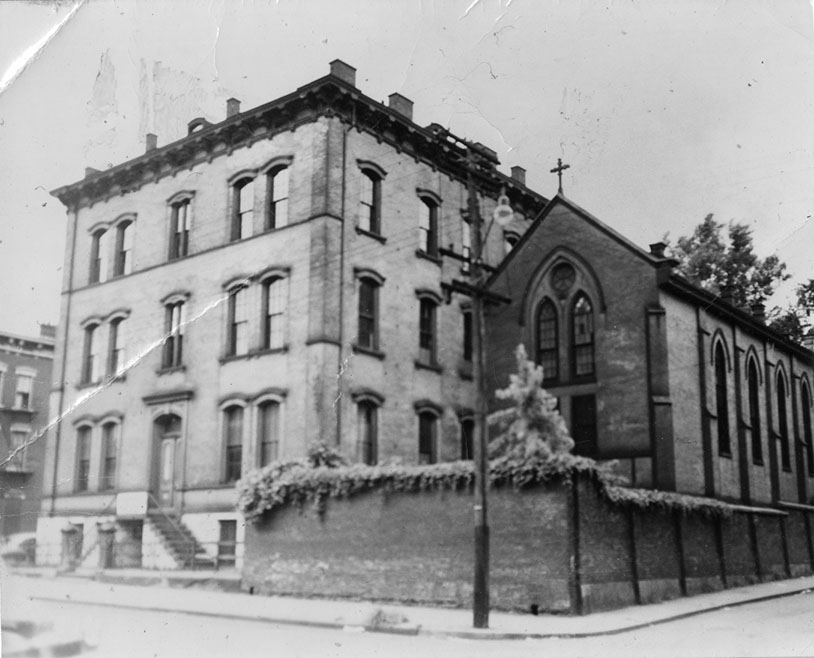

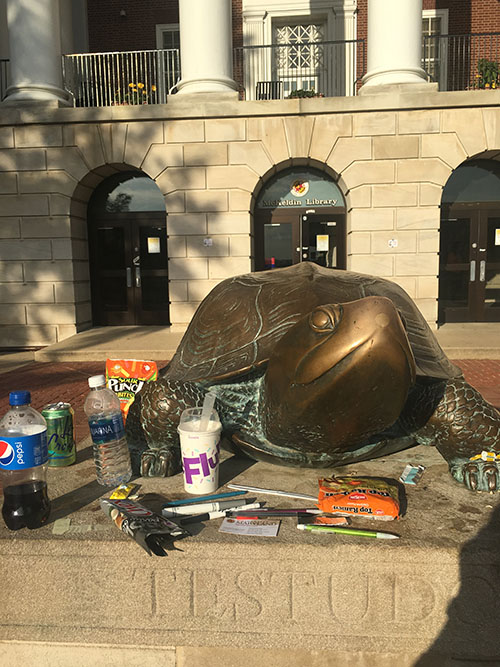
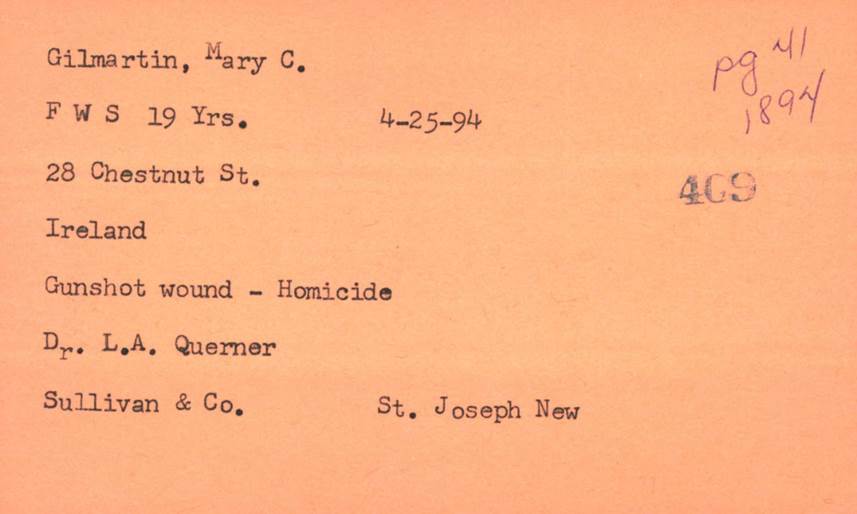
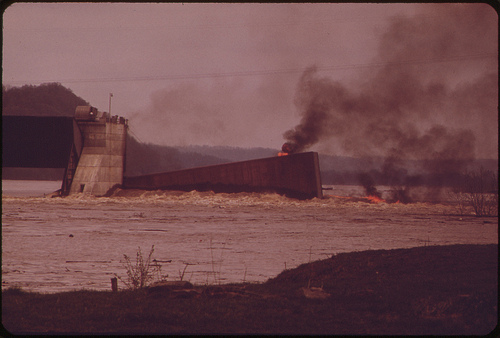
 Beginning Sunday, Nov. 12, a valid UC I.D. is required to enter Blegen Library, home of the Archives and Rare Books Library, John Miller Burnam Classics Library, the Albino Gorno Memorial Music (CCM) Library and the Classics Department, after 5pm.
Beginning Sunday, Nov. 12, a valid UC I.D. is required to enter Blegen Library, home of the Archives and Rare Books Library, John Miller Burnam Classics Library, the Albino Gorno Memorial Music (CCM) Library and the Classics Department, after 5pm.
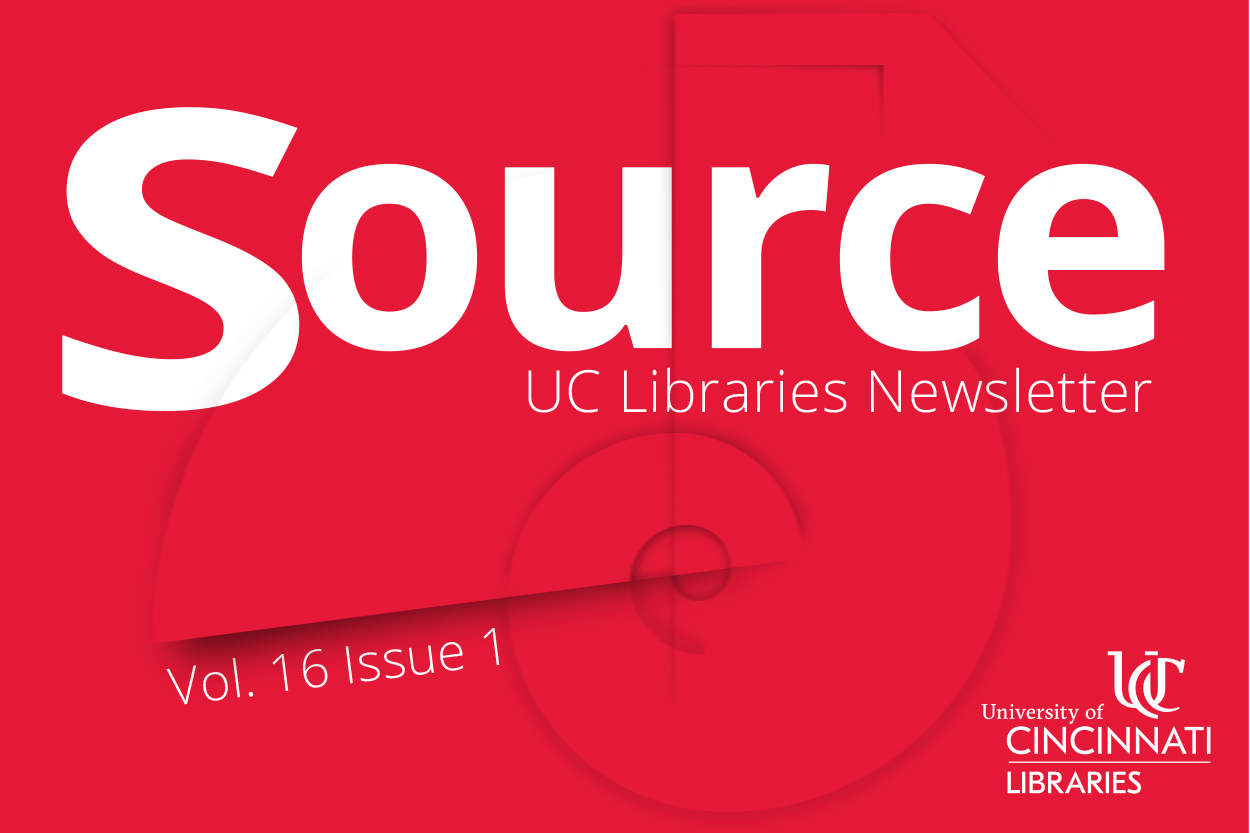 Read Source, the online newsletter, to learn more about the news, events, people and happenings in UC Libraries.
Read Source, the online newsletter, to learn more about the news, events, people and happenings in UC Libraries.